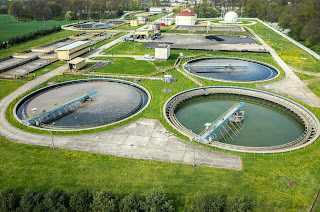 |
| Analyzer Cabinet Courtesy Intertec |
There are numerous considerations in the design and selection of an enclosure, especially when the application drifts beyond the range of commonly available sizes, configurations, and materials of construction. Here are some thinking points for you.
 |
| Instrumentation safely housed while clearly visible to operator Courtesy Intertec |
- Ignition Hazard Level: Areas or locations with hazardous classifications will require special enclosure designs and features for compliance.
- Climate: If outdoors, consider the range of local weather conditions and their potential impact on the longevity and performance of the enclosure, its ability to protect whatever is housed within.
- Access: Do operators need quick access to contained equipment? If so, appropriate latches or other closures that allow interior access without a need for tools may be in order. Security concerns may warrant locking capability. A clear panel installed in a door can provide visual access to instruments safely contained within the enclosure.
- Corrosion: Wet environments or locations near seawater or other corrosive elements can call for upgraded coatings or materials of construction that will prolong the useful life of the enclosure.
- Enclosure Cooling or Heating: Depending upon the surrounding temperature or the characteristics of equipment housed in the enclosure, heat removal or supplementing accessories may be integrated into the enclosure design.
- Size: Consideration given to possible additions to the original array of instruments or devices to be contained can save substantial time and money if a future expansion is in order. The size of the enclosure should provide for any clearance recommended by device manufacturers for their installed components. Provide adequate servicing space for field technicians to perform any necessary tasks related to housed equipment.
- Penetrations: Conduit or other penetrations required for proper operation and installation can be accomplished more precisely, and often at a lower cost, in the factory than in the field. Carefully laying out and coordinating the installation of connections to the enclosure can save time and trouble in the field.
Certainly, there are numerous other elements of enclosure design that may be taken into account for differing installation requirements. Share your project requirements with application specialists and reach the best solutions by combining your process knowledge with their product expertise.
































